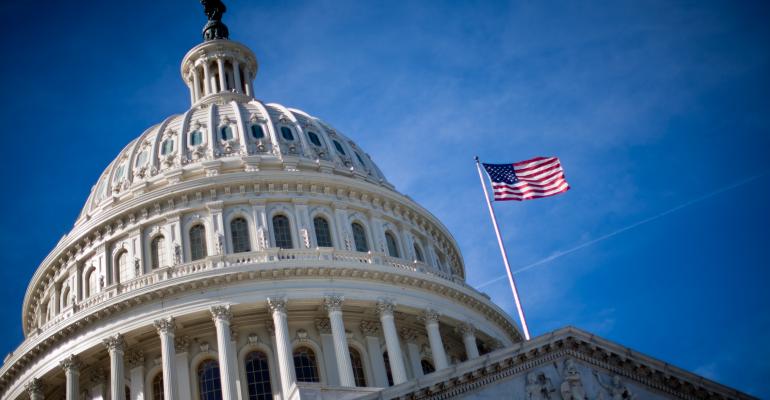President Trump’s executive order in August prompted a positive reaction in the retirement-plan industry. Part of the order directed the Treasury Department and Secretary of Labor to issue regulations for open multiple-employer plans (MEPs), which could potentially lead more small businesses to provide retirement plans. Open MEPs could also improve small plans’ access to institutional-level features and pricing.
There are two channels for moving the open MEP concept forward, according to Brad Campbell, a partner with Drinker Biddle & Reath LLP in Washington, D.C: legislative and regulatory. “The legislative channel has been looking at a much broader proposal, something that would be not limited to associations, but which could be essentially a stand-alone product that could be marketed as a product/service to employers for their retirement plans,” says Campbell. “And, I think everyone got excited because they thought at the end of last year we would get some sort of omnibus budget bill and included in that would be a large number of bipartisan retirement provisions of which this would be one. Of course, instead, we’ve had the government shutdown and that never happened.”
DOL’s Narrow Focus
The shutdown shifted attention to the Department of Labor’s (DOL) response and the initial proposal in late October disappointed some observers. Instead of broadly opening up MEPs, the DOL took a more cautious approach and focused on closed MEPs and professional employer organizations. The proposal also was limited to defined contribution plans.
Other industry participants had a more favorable reaction. A spokesperson for the ERISA team at Ascensus says their initial response to the proposed regulations is positive. The proposed regulations accomplish three main things, in their view. They provide a more robust definition of who can sponsor a multiple-employer plan; they expand the commonality requirement for participation in a MEP to include a geographic component; and they allow self-employed “working-owners” to sponsor and participate in a MEP. “We believe the clarity the DOL has provided will benefit the industry in an area where guidance has historically been ambiguous,” according to an email response from Ascensus.
Marcia Wagner, with Wagner Law Group in Boston, Mass., points out that the DOL’s response wasn’t completely unexpected. She observes that in light of the DOL’s regulations redefining “employer” under ERISA for purposes of associated health plans, it is not surprising that it took a similar position with respect to defined contribution pension plans. “While this is a limited form of relief, it does expand the entities than can participate in multiple-employer defined contribution plans,” she commented by email. “Keep in mind that the DOL’s view is that the structure of ERISA limits the extent to which it can modify the rules with respect to multiple-employer plans under ERISA, and certain issues, such as the one bad apple rule, is an issue for the Treasury Department.”
Room for Improvement
Campbell says that a number of responses to the proposal argued it was too narrow. Among the comments: Non-DC plans should have access to open MEPs and the requirements for an acceptable association should be modified. “The requirements for association are too restrictive; you should loosen up on those a little and make this something that could be begun and run by financial service entities so that you would have this created and run by professional investment managers and service providers to plans,” he says.
The proposed regulations would be improved if they required the sponsors of open MEPs to disclose to participating employers what their residual fiduciary responsibilities are, although these would be limited in nature, says Wagner. Even assuming that a client knew about fiduciary obligations under ERISA in general, the regulations should specify what those obligations are in this context, which may differ depending upon whether the organization was a bona fide group or organization or a bona fide professional employer organization.
Now We Wait
DOL’s comment period ended Dec. 24, so the industry is now waiting for the final proposal. The Ascensus spokesperson points out the president’s executive order also directed the IRS to issue regulations, which are still forthcoming. The proposed IRS regulations are expected to address MEP acceptance issues, such as the “one bad apple” rule, which currently provides that a single adopting employer with qualification issues can jeopardize the entire multiple-employer plan. Some cite this rule, in its current form, as a reason to not participate in a MEP.
Whatever ends up getting through the regulatory process is unlikely to be a “universal game changer,” Campbell observes. Wagner is similarly cautious in her assessment: “I do not believe that liberalizing the rules will move the needle very far, and certainly not as far as federal legislation would do.”





